Offshore wind farms tailored for winter
In the Baltic Sea area, investments in offshore wind parks are growing. The demanding winter conditions prevalent in this area create unique challenges during planning, design, installation, and operations phases.
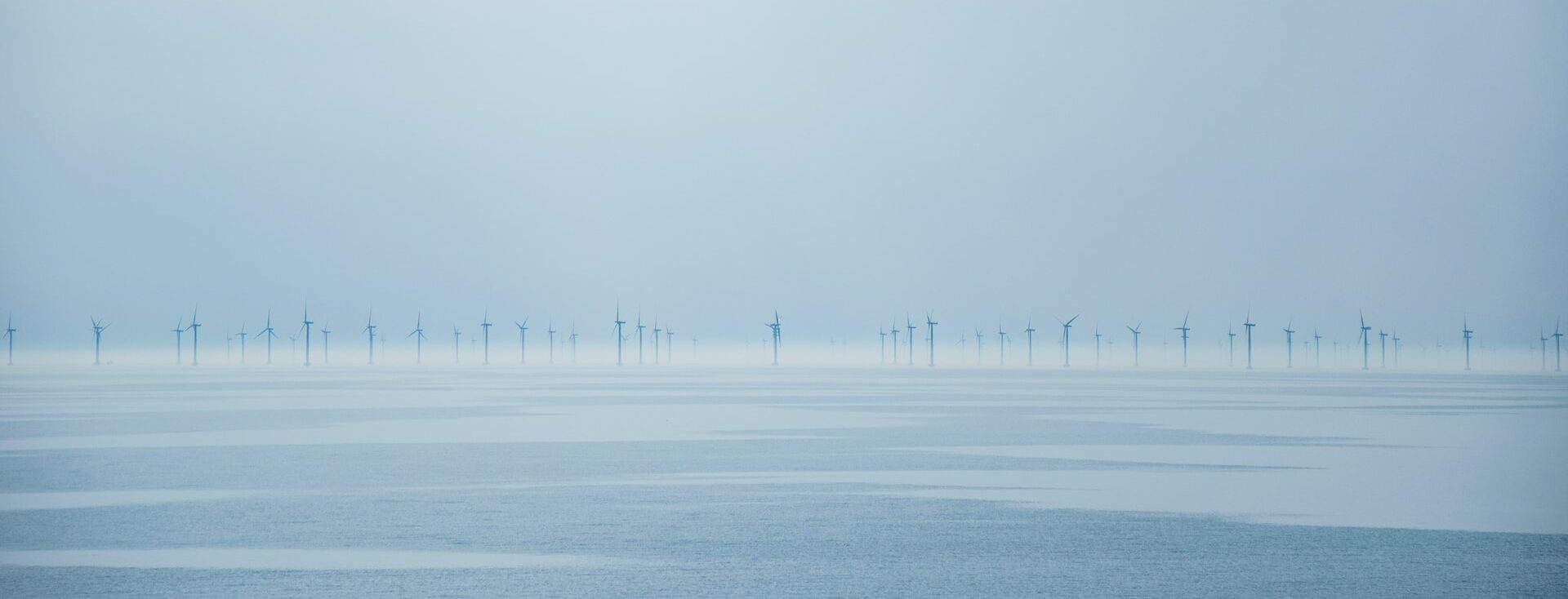
Wind power is one of the most viable options globally in our shift towards renewable energy, lower emissions and a smaller carbon footprint. It is also strongly linked to the production of green hydrogen. Finland has declared its aim to become carbon-neutral by 2035, going hand in hand with legislation evolving in surrounding waters.
Solid foundations to withstand ice
Apart from being winterized above the surface, offshore wind parks in the Baltic Sea area require foundations robust enough to withstand waves and ice.
Almost ten years ago, Aker Arctic performed extensive model tests for Technip Offshore Finland. The results obtained were used in the design and construction of the foundations at Tahkoluoto wind farm off Pori, the world’s first offshore wind farm built in a freezing sea.
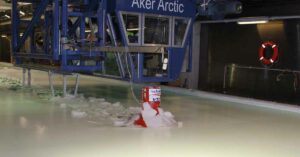
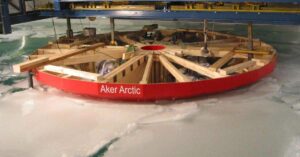
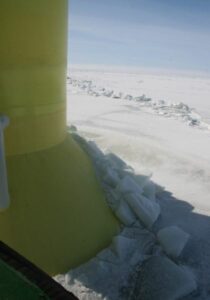
Four different model-scale foundation structures were tested in various ice conditions to find the technically and economically optimal design. Additionally, ice-induced vibrations were evaluated to find an optimised structural design to bear them. A new technique to create a triangular profile ice ridge developed for these tests has since been used for other foundation tests as well.
“Having designed and tested numerous fixed and floating structures for the offshore industry, we have gained considerable insight into the challenges of designing offshore wind turbine foundations in freezing seas, and expertise in dealing with phenomena such as drifting ice and rubble pileup,” says Cayetana Ruiz de Almiron at Aker Arctic.
Logistics and installation play a key role
In addition to physical towers, turbines and foundations, there are many other factors to consider when planning an offshore wind park.
Transit and logistics planning becomes important in the early phases of development, and not only because construction and logistics are significant cost factors for the investment. A special fleet and other solutions fit for the wind park’s particular environment are also required and have to be defined in advance.
It is essential to understand what sizes of different vessels – dredgers, transporting vessels, installation vessels and cable layers – are needed for each phase. Further decisions must be made regarding the location of infrastructure, such as available ports which are able to accommodate large ships and with enough quay area to store windmill components (towers, blades and nacelles).
Aker Arctic was involved in extensive logistics studies for the Arctic port of Sabetta. This included designing the supporting icebreakers operating in the harbour. Similar studies can be made for offshore wind parks where ice is a crucial aspect to consider.
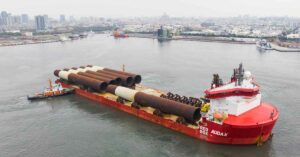
The transport vessels Audax and Pugnax, which were used to transport construction parts for LNG production facilities in the Arctic, are also an Aker Arctic design.
Lately, the vessels have also been used to transport towers and foundations to offshore wind parks.
Service vessels needed for maintenance
Once the wind farm is up and running, it must be serviced year-round. For this, service operation vessels (SOV), capable of reaching the wind park at any time and in any weather, are needed.
Aker Arctic’s naval architects are currently working on a concept design for wind park service operations in seasonally freezing seas.
“Icebreaking vessels are our core expertise, and we believe there will be an increased demand for ice-classed SOVs in the future,” Ruiz de Almiron says.
“We are also developing new foundation concepts particularly tailored for icy waters. The most suitable solution depends on the project; some foundation concepts may be low cost in production, but high cost for installation, or vice versa.”
Team Renewable Arctic Finland
Aker Arctic is part of the industry ecosystem Team Renewable Arctic Finland, established two years ago. Its 21 Finnish companies are combining their services to provide more comprehensive proposals. Simultaneously, they are also developing know-how and much needed services for future requirements in offshore wind parks.
“Our goal is to become the leading consultant for offshore wind farms in the Baltic region, with in-house concept design, testing and detailed engineering services,” Aker Arctic’s managing director Reko-Antti Suojanen emphasises.
Text: Catarina Stewen

